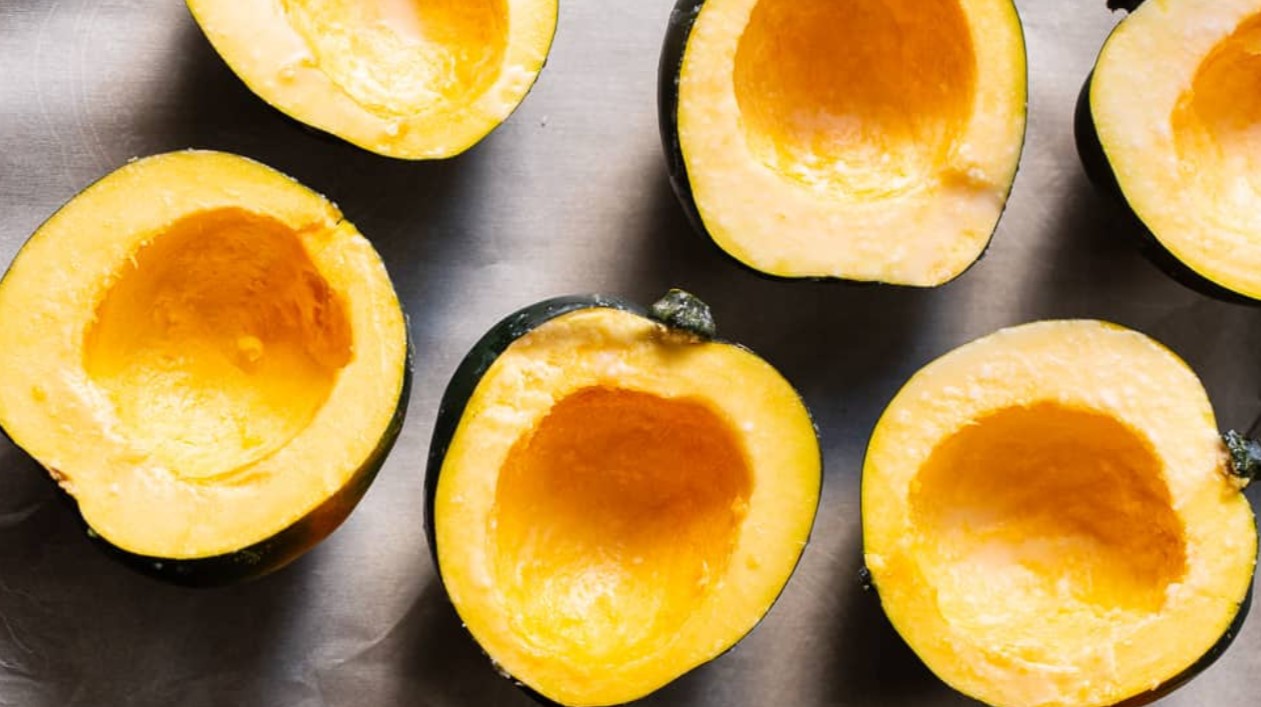
What is Gem Squash? Gem squash is a small, round vegetable that belongs to the Cucurbitaceae family, the same family as pumpkins and cucumbers. Known for its dark green skin and bright yellow flesh, this squash is a favorite in South African cuisine. Why is it special? Its unique flavor, which is slightly sweet and nutty, makes it a versatile ingredient in various dishes. How do you cook it? You can bake, boil, or even microwave gem squash, making it a convenient option for quick meals. Is it nutritious? Absolutely! Gem squash is rich in vitamins A and C, fiber, and antioxidants, making it a healthy addition to your diet. Where can you find it? While it's most popular in South Africa, you can also find it in specialty grocery stores worldwide.
Key Takeaways:
- Gem squash is a small, sweet, and nutty vegetable rich in vitamins and fiber. It's easy to grow and can be enjoyed in various dishes like roasting, stuffing, and soups.
- Adding gem squash to your diet can benefit your health by providing low-calorie, antioxidant-rich, and digestion-supporting properties. It's also a fun and versatile vegetable with quirky culinary traditions.
What is Gem Squash?
Gem squash is a small, round vegetable that belongs to the Cucurbitaceae family. Known for its hard, green skin and sweet, yellow flesh, it is a popular choice in many kitchens. Let's dive into some fascinating facts about this unique squash.
-
Origin: Gem squash originated in Central America and has been cultivated for thousands of years.
-
Appearance: It is typically dark green and about the size of a tennis ball.
-
Taste: The flesh is sweet and nutty, making it a versatile ingredient in various dishes.
-
Nutritional Value: Rich in vitamins A and C, gem squash is also a good source of dietary fiber.
Growing Gem Squash
Growing gem squash can be a rewarding experience for gardeners. Here are some interesting facts about how to cultivate this vegetable.
-
Climate: Gem squash thrives in warm, sunny climates.
-
Soil: It prefers well-drained, fertile soil with a pH between 6.0 and 6.8.
-
Planting: Seeds should be planted in spring after the last frost.
-
Watering: Regular watering is essential, but the soil should not be waterlogged.
-
Harvesting: Typically, gem squash is ready to harvest 70-90 days after planting.
Cooking with Gem Squash
Gem squash is not only nutritious but also incredibly versatile in the kitchen. Here are some ways to enjoy this delightful vegetable.
-
Roasting: Roasting enhances its natural sweetness and nutty flavor.
-
Stuffing: The hollowed-out squash can be stuffed with various fillings like rice, meat, or vegetables.
-
Soups: It can be pureed into a creamy soup.
-
Salads: Cooked gem squash can be added to salads for a sweet, nutty flavor.
-
Grilling: Slices of gem squash can be grilled for a smoky taste.
Health Benefits of Gem Squash
Incorporating gem squash into your diet can offer numerous health benefits. Here are some reasons to add it to your meals.
-
Low in Calories: It is a low-calorie food, making it ideal for weight management.
-
Rich in Antioxidants: The vitamins A and C in gem squash act as antioxidants, helping to protect cells from damage.
-
Supports Digestion: High in dietary fiber, it aids in digestion and prevents constipation.
-
Boosts Immunity: The nutrients in gem squash help strengthen the immune system.
Fun Facts About Gem Squash
Gem squash has some quirky and fun facts that might surprise you. Here are a few to ponder.
-
Culinary Tradition: In South Africa, gem squash is often served with butter and brown sugar.
-
Storage: It can be stored for several months in a cool, dry place without spoiling.
The Final Bite
Gem squash is more than just a tasty vegetable. Packed with vitamins and minerals, it’s a powerhouse for your diet. Whether you’re roasting, boiling, or stuffing it, this versatile squash fits into many recipes. Its low-calorie content makes it a great choice for those watching their weight. Plus, it’s easy to grow in your backyard, adding a fresh touch to your meals.
From its South African origins to its nutritional benefits, gem squash has a lot to offer. It’s not just a side dish; it’s a star in its own right. So next time you’re at the market, grab a few and experiment. You might just find a new favorite. Enjoy the journey of discovering all the delicious ways to incorporate gem squash into your meals. Happy cooking!
Frequently Asked Questions
Was this page helpful?
Our commitment to delivering trustworthy and engaging content is at the heart of what we do. Each fact on our site is contributed by real users like you, bringing a wealth of diverse insights and information. To ensure the highest standards of accuracy and reliability, our dedicated editors meticulously review each submission. This process guarantees that the facts we share are not only fascinating but also credible. Trust in our commitment to quality and authenticity as you explore and learn with us.


